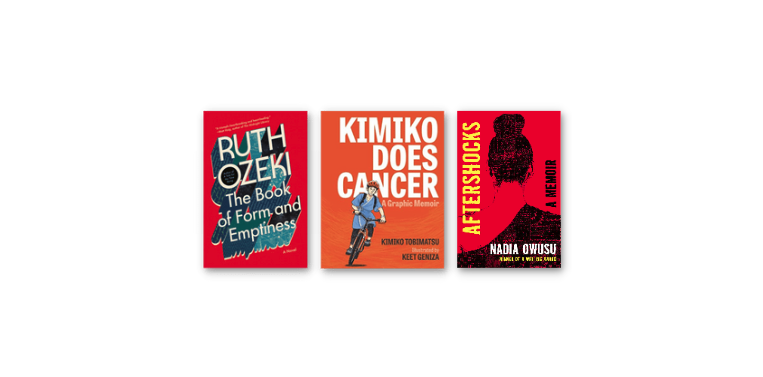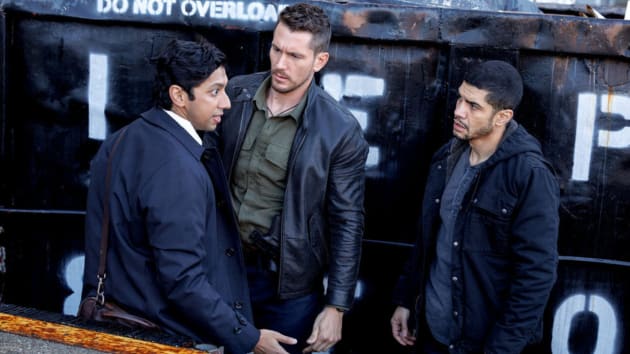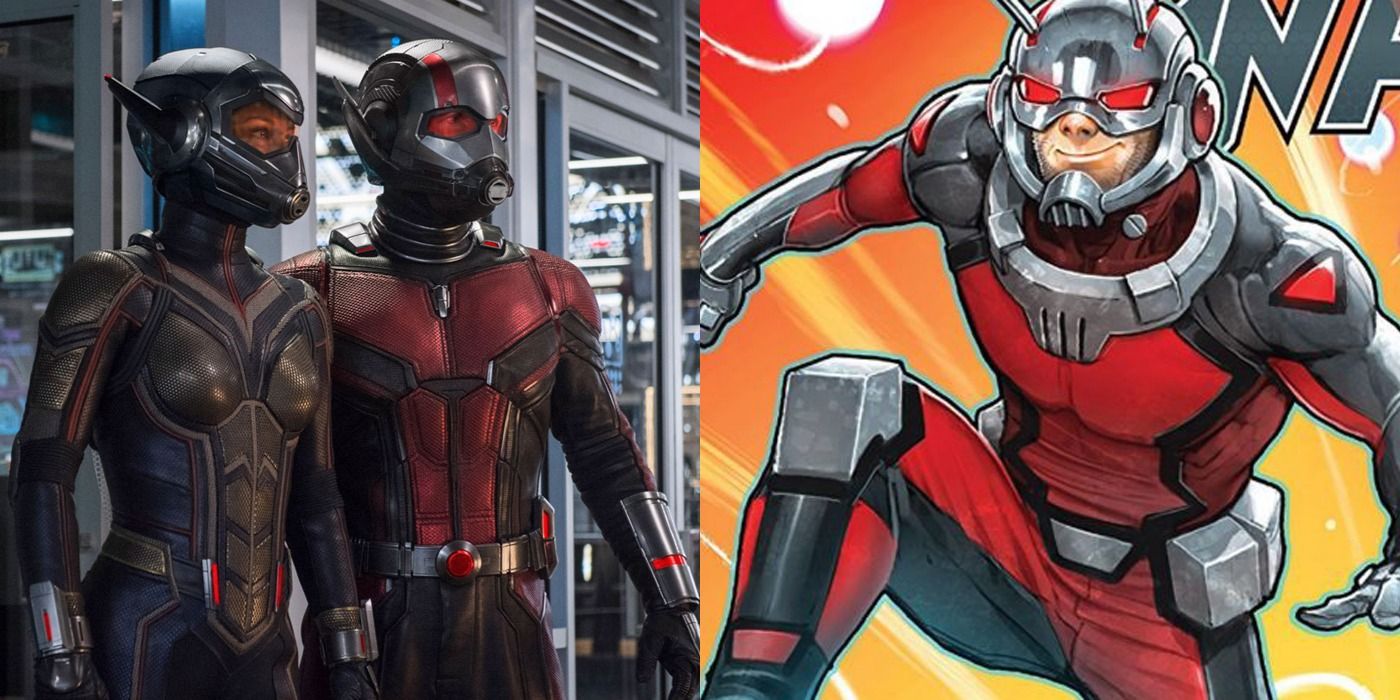

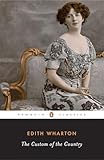
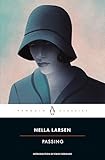
 My 2022 began with Edith Wharton. A couple months prior I launched my debut novel Win Me Something into the world, and it was a joyous whirlwind of an experience that nonetheless left me overstimulated and mentally depleted. Whenever I have to be too online, I long for worlds where online doesn’t exist. So as the new year began, I deleted social media from my phone and took refuge in The Age of Innocence, then Custom of the Country, then The House of Mirth. I hadn’t read Wharton in a while, and it was a balm to rediscover her devastating, exhilaratingly acerbic world, one that at times feels blisteringly contemporary. Of course, in my Wharton-addled state I also watched Scorsese’s adaptation of The Age of Innocence. Next I read Passing by Nella Larsen, because I wanted to then see the movie and read the screenplay—this kind of binge behavior is so soothing to me—and I was quite taken by its haunting, interior complexity.
My 2022 began with Edith Wharton. A couple months prior I launched my debut novel Win Me Something into the world, and it was a joyous whirlwind of an experience that nonetheless left me overstimulated and mentally depleted. Whenever I have to be too online, I long for worlds where online doesn’t exist. So as the new year began, I deleted social media from my phone and took refuge in The Age of Innocence, then Custom of the Country, then The House of Mirth. I hadn’t read Wharton in a while, and it was a balm to rediscover her devastating, exhilaratingly acerbic world, one that at times feels blisteringly contemporary. Of course, in my Wharton-addled state I also watched Scorsese’s adaptation of The Age of Innocence. Next I read Passing by Nella Larsen, because I wanted to then see the movie and read the screenplay—this kind of binge behavior is so soothing to me—and I was quite taken by its haunting, interior complexity.




 In January, I attended the launch of Jean Chen Ho’s Fiona and Jane at Skylight Books and enjoyed the reading, the conversation with Jade Chang, and of course Jean’s incredible outfit (some sort of crystal headdress and feather-trimmed pants). The linked stories dug into the friendship of two Taiwanese American women from LA, and I loved how flawed, pulsing, and real they were, how carefully drawn intimacy and place were. In February I read Ruth Ozeki‘s The Book of Form and Emptiness as part of a reading class I signed up for at The Center for Fiction. I love all of her books, and reading her latest novel felt prescient, to meditate on the state of having too many “things” (objects, clutter) because I was living in a temporary place with two suitcases, planning my move back to New York. Maybe I didn’t need any of those things at all! During the next few months the class read the rest of her oeuvre: A Tale for the Time Being, All Over Creation, and My Year of Meats. Then, a beautiful surprise: Ruth Ozeki herself showed up at our last meeting! She screen-shared writing processes and said resplendent things like, “The margins between ecosystems are always the places with the most biodiversity.”
In January, I attended the launch of Jean Chen Ho’s Fiona and Jane at Skylight Books and enjoyed the reading, the conversation with Jade Chang, and of course Jean’s incredible outfit (some sort of crystal headdress and feather-trimmed pants). The linked stories dug into the friendship of two Taiwanese American women from LA, and I loved how flawed, pulsing, and real they were, how carefully drawn intimacy and place were. In February I read Ruth Ozeki‘s The Book of Form and Emptiness as part of a reading class I signed up for at The Center for Fiction. I love all of her books, and reading her latest novel felt prescient, to meditate on the state of having too many “things” (objects, clutter) because I was living in a temporary place with two suitcases, planning my move back to New York. Maybe I didn’t need any of those things at all! During the next few months the class read the rest of her oeuvre: A Tale for the Time Being, All Over Creation, and My Year of Meats. Then, a beautiful surprise: Ruth Ozeki herself showed up at our last meeting! She screen-shared writing processes and said resplendent things like, “The margins between ecosystems are always the places with the most biodiversity.”



 In late April, my partner and I set out in our 2006 Nissan for our cross-country drive, and decided we would get into audiobooks. The Plot by Jean Hanff Korelitz, a thriller stuffed with many writing-world inside jokes, was everything I wanted in an audiobook; we listened to the final twist with mouths open on an endless highway. We drove into New Mexico listening to Ghost Forest by Pik-Shuen Fung, and I wept as we approached white sand dunes. We listened to Something New Under the Sun by Alexandra Kleeman and absolutely cackled at her spot-on dialogue. In Omaha, Nebraska, I found a first edition of Lynda Barry’s The Good Times Are Killing Me to gift to a beloved and reread it before I did so.
In late April, my partner and I set out in our 2006 Nissan for our cross-country drive, and decided we would get into audiobooks. The Plot by Jean Hanff Korelitz, a thriller stuffed with many writing-world inside jokes, was everything I wanted in an audiobook; we listened to the final twist with mouths open on an endless highway. We drove into New Mexico listening to Ghost Forest by Pik-Shuen Fung, and I wept as we approached white sand dunes. We listened to Something New Under the Sun by Alexandra Kleeman and absolutely cackled at her spot-on dialogue. In Omaha, Nebraska, I found a first edition of Lynda Barry’s The Good Times Are Killing Me to gift to a beloved and reread it before I did so.







 I tend to read in genre waves, and this was a memoir-heavy year for me. First I reread two favorites: Know My Name by Chanel Miller and Long Live the Tribe of Fatherless Girls by T Kira Madden, both books that are very precious to me; I feel tenderly cognizant of how much my younger self would have been saved by knowing they were out there. I also read Trick Mirror by Jia Tolentino; How to Slowly Kill Yourself and Others in America by Kiese Laymon; Somebody’s Daughter by Ashley C. Ford; How We Fight for Our Lives by Saeed Jones; Love Is an Ex-Country by Randa Jarrar; and Betwixt-and-Between: Essays on the Writing Life by Jenny Boully.
I tend to read in genre waves, and this was a memoir-heavy year for me. First I reread two favorites: Know My Name by Chanel Miller and Long Live the Tribe of Fatherless Girls by T Kira Madden, both books that are very precious to me; I feel tenderly cognizant of how much my younger self would have been saved by knowing they were out there. I also read Trick Mirror by Jia Tolentino; How to Slowly Kill Yourself and Others in America by Kiese Laymon; Somebody’s Daughter by Ashley C. Ford; How We Fight for Our Lives by Saeed Jones; Love Is an Ex-Country by Randa Jarrar; and Betwixt-and-Between: Essays on the Writing Life by Jenny Boully.


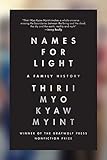


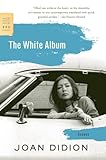


Aftershocks by Nadia Owusu was electric in its portrayal of many states of in-between; Widow Basquiat by Jennifer Clement was candy for a long train ride; I loved Names for Light by Thirii Myo Kyaw Myint for its unconventional perspective and meditations on memory; the comprehensive and alluring In Sensorium by Tanaïs showed me a boundlessness within the genre; the graphic memoir Kimiko Does Cancer by Kimiko Tobimatsu and illustrated by Keet Geniza was a refreshingly candid and unprecious look at the maze of healthcare; rereading The White Album by Joan Didion, I felt very appreciative of the confident, strange, intimate way she approaches fixations. My writing group had turned into a book club of sorts and we wanted to read books in translation, so one month we read The Copenhagen Trilogy by Tove Ditlevsen. It was a strange, spellbinding experience for me, in that at first it felt stark and cold, but soon I couldn’t bear putting it down.
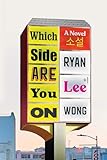

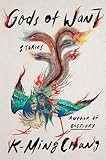

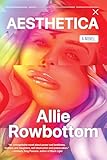

 On the fiction side, Which Side Are You On by Ryan Lee Wong absolutely lit up my brain with its conversations of Twitter activism, Black-Asian solidarity, and generational knowledge, and moved me with the conversations fiction can bring forth. Four Treasures of the Sky by Jenny Tinghui Zhang was a fast-moving and devastating read; I was so absorbed in it that I felt shocked by the ending even though it was a historical novel, with an ending I knew. There’s no one who writes like K-Ming Chang, and I read her new story collection Gods of Want with eagerness and awe. One week I found myself wanting to reread Play It As It Lays by Joan Didion, and after finishing it came home to my galley of Aesthetica by Allie Rowbottom––both taut, fierce, and violence-inflected portrayals of womanhood. Back in New York at last, I went to Yu & Me Books for Sarah Thankam Mathews’s book launch; she read aloud the first chapter and I was shook. All This Could Be Different is a big-hearted, bold look at how to care for ourselves and others in a fucked-up world, and I read it in two days. By the time I read Claire Miye Stanford’s Happy for You, I had re-downloaded Instagram, and her novel––about a philosophy PhD student who jumps ship to develop an app that aims to quantify happiness––gave me much to think about in terms of public and private happinesses.
On the fiction side, Which Side Are You On by Ryan Lee Wong absolutely lit up my brain with its conversations of Twitter activism, Black-Asian solidarity, and generational knowledge, and moved me with the conversations fiction can bring forth. Four Treasures of the Sky by Jenny Tinghui Zhang was a fast-moving and devastating read; I was so absorbed in it that I felt shocked by the ending even though it was a historical novel, with an ending I knew. There’s no one who writes like K-Ming Chang, and I read her new story collection Gods of Want with eagerness and awe. One week I found myself wanting to reread Play It As It Lays by Joan Didion, and after finishing it came home to my galley of Aesthetica by Allie Rowbottom––both taut, fierce, and violence-inflected portrayals of womanhood. Back in New York at last, I went to Yu & Me Books for Sarah Thankam Mathews’s book launch; she read aloud the first chapter and I was shook. All This Could Be Different is a big-hearted, bold look at how to care for ourselves and others in a fucked-up world, and I read it in two days. By the time I read Claire Miye Stanford’s Happy for You, I had re-downloaded Instagram, and her novel––about a philosophy PhD student who jumps ship to develop an app that aims to quantify happiness––gave me much to think about in terms of public and private happinesses.


 For poetry, I read the exquisite Dream of the Divided Field by Yanyi in reverence for its soft beauty and sharp perception. Vantage by Taneum Bambrick is a portrait of her time working as the only woman on a garbage crew for the reservoirs of a big dam. It’s affecting and uneasy, the way she ties together violence, sexuality, girlhood, and connections to the Earth––this big, beautiful place we are destroying––with crystalline imagery and feeling. No one writes a love poem like Matthew Olzmann, and I’m addicted to his conversational, epiphanic poems, which in his new collection Constellation Route are all shaped like letters.
For poetry, I read the exquisite Dream of the Divided Field by Yanyi in reverence for its soft beauty and sharp perception. Vantage by Taneum Bambrick is a portrait of her time working as the only woman on a garbage crew for the reservoirs of a big dam. It’s affecting and uneasy, the way she ties together violence, sexuality, girlhood, and connections to the Earth––this big, beautiful place we are destroying––with crystalline imagery and feeling. No one writes a love poem like Matthew Olzmann, and I’m addicted to his conversational, epiphanic poems, which in his new collection Constellation Route are all shaped like letters.



 I also dipped into the vibrant field of children’s books (I recently cowrote a children’s book with Cathy Linh Che that’s coming out in May from Haymarket Books: A is for Asian American: A Children’s Guide to Asian American History). Holding On by Sophia N. Lee and illustrated by Isabel Roxas is about a young girl in the Philippines connecting with her grandmother over music as her grandmother’s memory fades. A Boy Named Isamu by James Yang is an imagined look at a day in the life of young Isamu Noguchi, and a sort of ode to those who enjoy spending time alone or in their own unique ways. Children’s books are so exciting and nurturing; I like to record videos reading them aloud and send them along to my little nephew who lives far away.
I also dipped into the vibrant field of children’s books (I recently cowrote a children’s book with Cathy Linh Che that’s coming out in May from Haymarket Books: A is for Asian American: A Children’s Guide to Asian American History). Holding On by Sophia N. Lee and illustrated by Isabel Roxas is about a young girl in the Philippines connecting with her grandmother over music as her grandmother’s memory fades. A Boy Named Isamu by James Yang is an imagined look at a day in the life of young Isamu Noguchi, and a sort of ode to those who enjoy spending time alone or in their own unique ways. Children’s books are so exciting and nurturing; I like to record videos reading them aloud and send them along to my little nephew who lives far away.



 Luckily, I read some advance copies of 2023’s brilliant novels to come: Dances by Nicole Cuffy is a lyrical novel about the first Black principal dancer in the New York City Ballet; for those fascinated by the ballet world like me, this intimate look does not disappoint. I devoured Holding Pattern by Jenny Xie, a gorgeous, probing book about woman in her late twenties reeling from a breakup. She’s roped into planning her newly-sober mother’s second wedding, and she gets into professional cuddling on the side as she grapples with questions of touch and intimacy. The tender and absorbing Sea Change by Gina Chung follows a disconnected thirtysomething still working at the aquarium in the mall where her disappeared father used to work, and the close friendship she’s developed with the giant Pacific octopus who lives there (who her father helped to discover). All-Night Pharmacy by Ruth Madievsky had me reeling; what a poetic fever dream of familial love, violence, and devotion, with the most arresting sentences and images you can imagine.
Luckily, I read some advance copies of 2023’s brilliant novels to come: Dances by Nicole Cuffy is a lyrical novel about the first Black principal dancer in the New York City Ballet; for those fascinated by the ballet world like me, this intimate look does not disappoint. I devoured Holding Pattern by Jenny Xie, a gorgeous, probing book about woman in her late twenties reeling from a breakup. She’s roped into planning her newly-sober mother’s second wedding, and she gets into professional cuddling on the side as she grapples with questions of touch and intimacy. The tender and absorbing Sea Change by Gina Chung follows a disconnected thirtysomething still working at the aquarium in the mall where her disappeared father used to work, and the close friendship she’s developed with the giant Pacific octopus who lives there (who her father helped to discover). All-Night Pharmacy by Ruth Madievsky had me reeling; what a poetic fever dream of familial love, violence, and devotion, with the most arresting sentences and images you can imagine.
In November I noticed my partner reading The Age of Innocence, so for the final chapter in this year’s Wharton phase, I suggested we go visit The Mount in the Berkshires. In Edith’s former home we saw restored versions of her library, dining table, writing desks, and a little sign informing us that though she staged publicity photos to pretend like she wrote at her desks, she actually preferred to write in bed. I’m a dining room table writer myself, but one still respects such a cozy and deceptive energy.













































